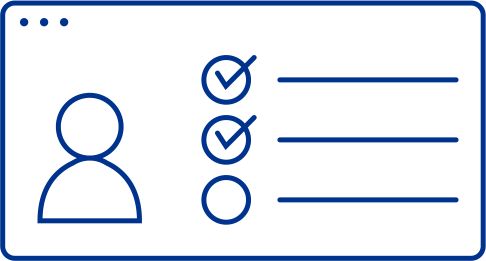IT On-site Inspections (OSIs) have become a central supervisory tool for regulators like the European Central Bank (ECB) and the Commission de Surveillance du Secteur Financier (CSSF), especially as ICT risks and cyber threats continue to rise.
With the Digital Operational Resilience Act (DORA) fully applicable as of January 2025, the supervisory momentum is accelerating. In Luxembourg, the CSSF had been conducting regular IT Risk OSIs, with institutions facing administrative fines for shortcomings in IT governance, IT risk management, outsourcing, and organizational controls.
On-site inspections are intrusive, risk-based, and action-oriented, designed to assess the in-practice effectiveness of ICT governance, cyber resilience, and internal controls. To prepare effectively, organizations must not only document their control environment but also ensure that key stakeholders are audit-ready and that governance structures can withstand supervisory scrutiny.
This is where KPMG brings strategic value – supporting institutions throughout the OSI lifecycle, from pre-inspection preparation and simulation to onsite execution support and post-inspection remediation.
We explain the key focus areas and how you can prepare in this short guide.



